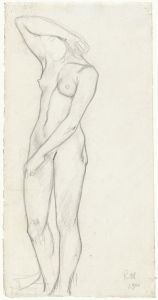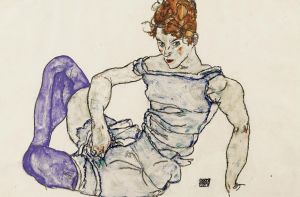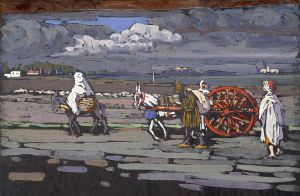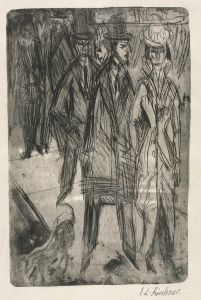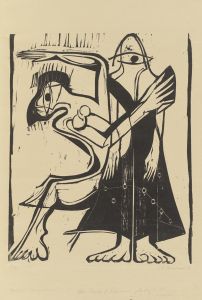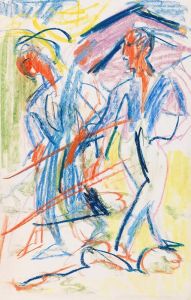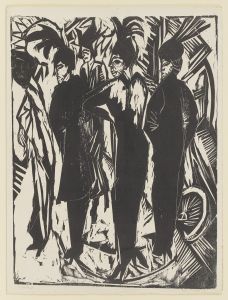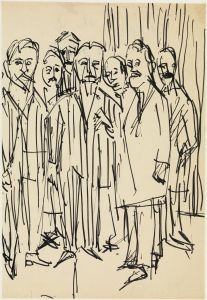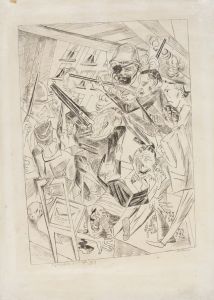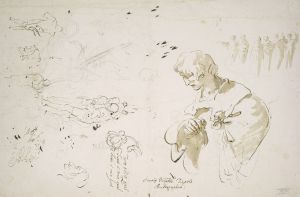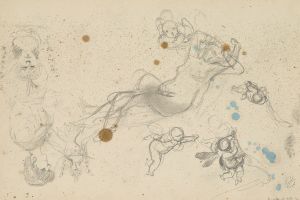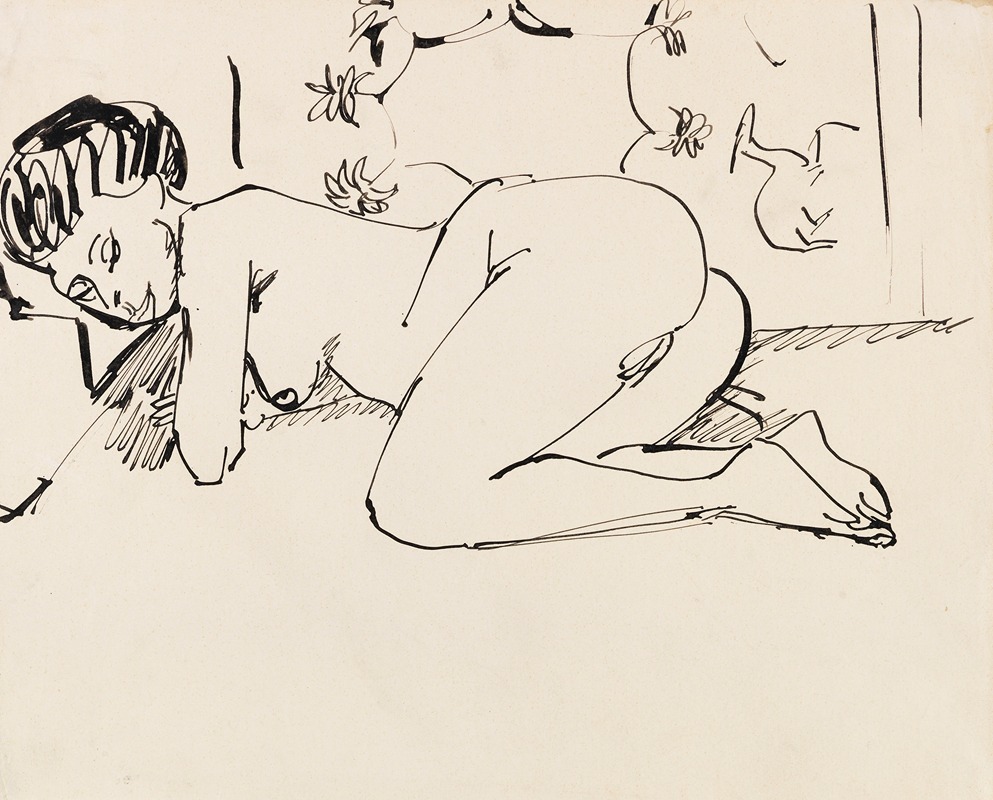
Liegender Mädchenakt
A hand-painted replica of Ernst Ludwig Kirchner’s masterpiece Liegender Mädchenakt, meticulously crafted by professional artists to capture the true essence of the original. Each piece is created with museum-quality canvas and rare mineral pigments, carefully painted by experienced artists with delicate brushstrokes and rich, layered colors to perfectly recreate the texture of the original artwork. Unlike machine-printed reproductions, this hand-painted version brings the painting to life, infused with the artist’s emotions and skill in every stroke. Whether for personal collection or home decoration, it instantly elevates the artistic atmosphere of any space.
Ernst Ludwig Kirchner, a prominent German expressionist painter and one of the founders of the art movement Die Brücke (The Bridge), created the painting Liegender Mädchenakt (Reclining Nude Girl) during his prolific career. This artwork exemplifies Kirchner's distinctive style, characterized by bold colors, dynamic forms, and an emphasis on emotional expression.
The painting depicts a reclining nude female figure, a subject that was central to Kirchner's oeuvre. His approach to the human form often emphasized raw, unidealized depictions, reflecting his interest in exploring the human psyche and the primal aspects of existence. The figure in Liegender Mädchenakt is rendered with simplified, angular lines and vibrant, non-naturalistic colors, hallmarks of Kirchner's expressionist style. These stylistic choices convey a sense of immediacy and emotional intensity, aligning with the broader goals of the Die Brücke movement, which sought to break away from academic traditions and embrace a more direct, visceral form of artistic expression.
Kirchner's nudes often carried a sense of intimacy and vulnerability, and Liegender Mädchenakt is no exception. The reclining pose of the figure suggests relaxation and openness, while the artist's use of color and form imbues the scene with a sense of tension and vitality. This duality is a recurring theme in Kirchner's work, reflecting his complex views on modern life and human nature.
The exact date of creation for Liegender Mädchenakt is not definitively documented, but it is consistent with Kirchner's work from the early 20th century, a period during which he produced many of his most iconic pieces. During this time, Kirchner and other members of Die Brücke were deeply influenced by non-Western art, particularly African and Oceanic art, as well as the works of Post-Impressionist artists like Vincent van Gogh and Paul Gauguin. These influences are evident in the stylized forms and expressive use of color in Liegender Mädchenakt.
Kirchner's career was profoundly affected by the social and political upheavals of his time. The trauma of World War I and the rise of the Nazi regime in Germany, which labeled his work as "degenerate art," had a significant impact on his life and artistic output. Despite these challenges, Kirchner's contributions to modern art remain highly regarded, and his works, including Liegender Mädchenakt, continue to be celebrated for their innovative approach and emotional depth.
Today, Liegender Mädchenakt is recognized as an important example of Kirchner's exploration of the human form and his contribution to the expressionist movement. The painting is held in a private collection or museum, though specific details about its current location are not widely available.





